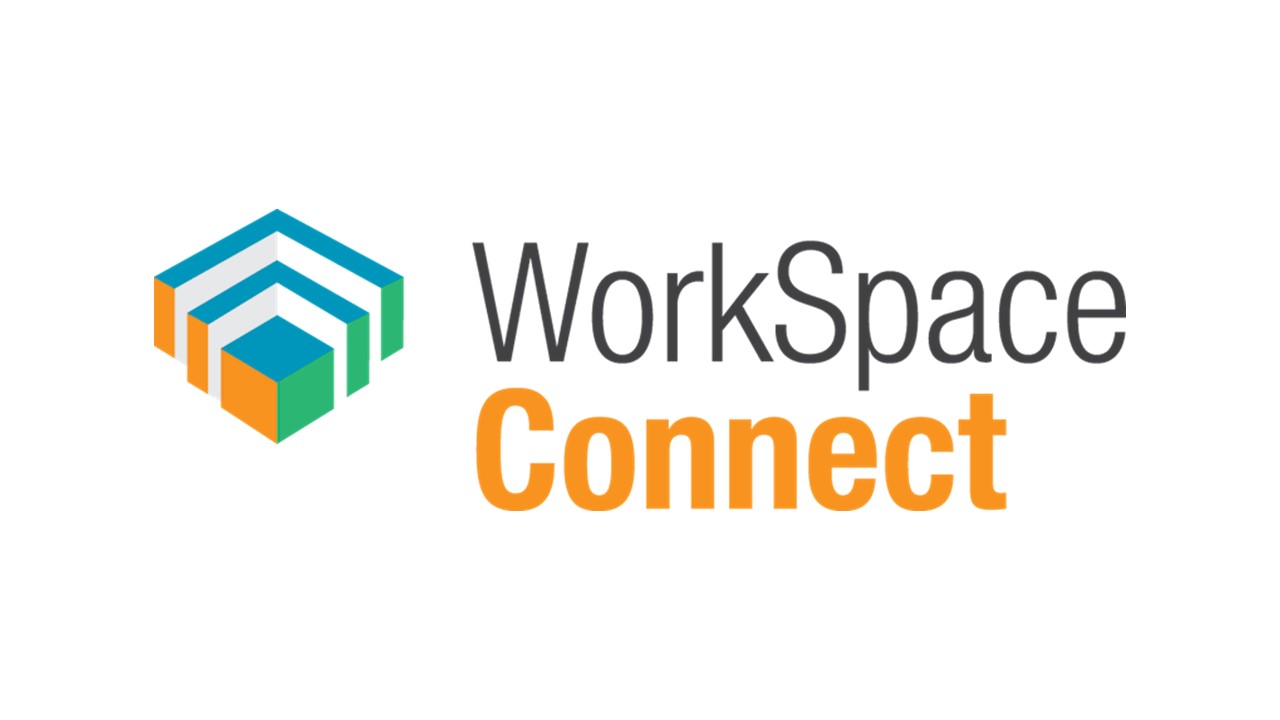Among the many challenges I’ve covered in my long career as an IT/business editor, one that has persisted over the years is bridging the divide between IT and the business. But the imperative to get this right has never been stronger… companies are building themselves up on a backbone of collaborative work, and employees simply cannot be their productive best if they’re fumbling around with communications and collaboration technology all the day long.
But, as my colleague Eric Krapf, No Jitter publisher and GM of Enterprise Connect, pointed out last month from the Enterprise Connect 2019 mainstage, selecting the right collaboration hardware and software tools is now only part of the picture. “To really help end users work together most effectively, we may need to consider who exactly those end users are, what they do, and where they do it.”
In other words, this isn’t just about understanding the business use cases. Bridging the gap between IT and the business is still critically important, to be sure, but evolving workplace environments now include considerations such as open office floorplans, huddle and other mini meeting spaces, and the removal of physical boundaries for collaboration. As a result, intracompany coordination and conversation needs to extend to other organizations within the enterprise, as well.
Leading-edge IT organizations have already begun grappling with what this means for them. And what we’re beginning to see is enterprises looking at the “intersection of multiple disciplines … in the hope of finding the most effective way to allocate investments to drive true and full collaboration both inside the office and with the growing number of remote workers,” as Eric described.
This is the coming together of IT, A/V, and groups such as facilities, real estate, and even human resources management to develop cohesive, worker-centric plans -- plans that need to take into account “emotional” collaboration, as Nathan Yang, a senior director of experience design at Poly, shared at Enterprise Connect during a general session panel on the workspace of the future. “If you can’t address how people feel in the workplace, that’s a failure on our behalf,” he said.
This focus is driving companies to approach workspace design with an eye toward delivering almost a home-like experience, in terms of comfort level. It’s also giving rise to new roles to carry the mantle for such projects. We see this in new executive titles, perhaps incorporating the words “global workplace,” as we heard recently from Elizabeth Dukes, co-founder of iOffice, an employee experience company.
Peter Jackson, CEO of Bluescape, which bills itself as a collaboration workplace solution provider, tells me he sees this sort of role developing out of HR, but enveloping behavioral understanding. “It’s about this whole concept of are we putting the Myers-Briggs people together in the right areas, are we doing the right huddle rooms, do we have the right access to everything we need to be more productive, and is it inclusive?”
While executive advocacy is essential for reshaping the workplace, we also need to see these ideas more deeply embedded, Yang said. In our EC workspace of the future panel, he defined three such roles, based on Poly’s experience:
- User researcher -- indeed, not a new role, but one that’s existed previously in IT or elsewhere in the business, as I mentioned in starting this post. The responsibilities of this role are to learn what users are feeling and what they’re encountering in the workplace. Employee surveys are a basic, but important, starting point because, he added, “each company, each workspace, each workforce is a little bit different.”
- Designer -- this is someone who takes the user research and incorporates into workspace design.
- Manager -- charged with implementation and deployment, because “it doesn’t matter if you have really good insights and you’ve designed this cool experience if you can’t deploy it and you can’t make it consistent and execute on it,” as Yang noted.
Rethinking the workspace for the modern collaboration mandate is a complex, multidisciplinary challenge – far more intense and complicated than the former best practice of talking to users about their needs. But we intend to help. As Eric announced at Enterprise Connect, we have launched a new event, called WorkSpace Connect, aimed at drilling down into the specific issues that will face you, our traditional IT and A/V readers, and your facilities, real estate, HR, and other counterparts in assembling the spaces, identifying the tools, and creating the roles necessary for the workspace of the future.
Watch this space for more information on WorkSpace Connect, which will take place Sept. 9 to 11 in Dallas, read our WorkSpace Connect blog, and sign up for our weekly newsletter. And, if you have workspace experiences to share, feel free to reach out and share!










